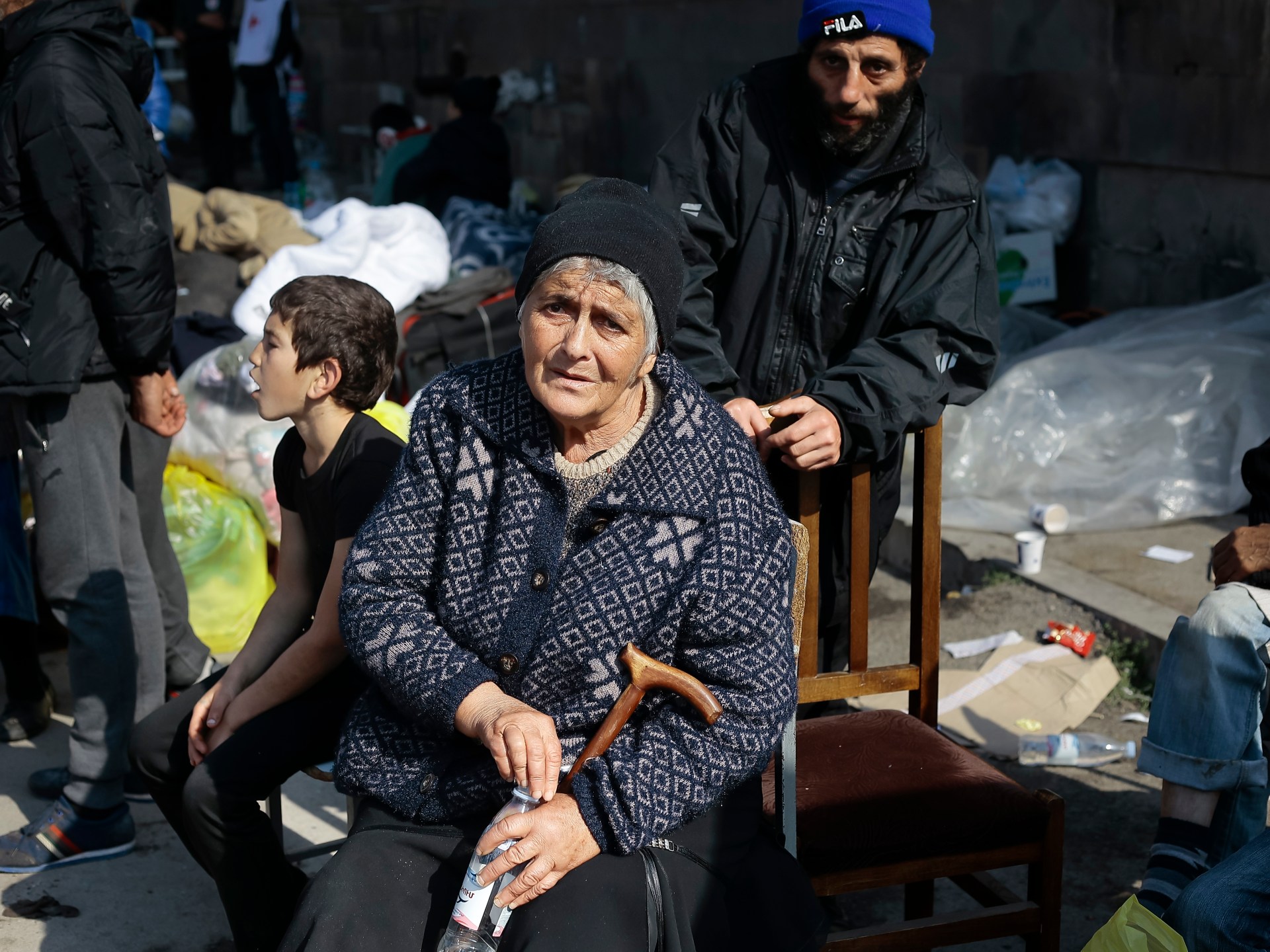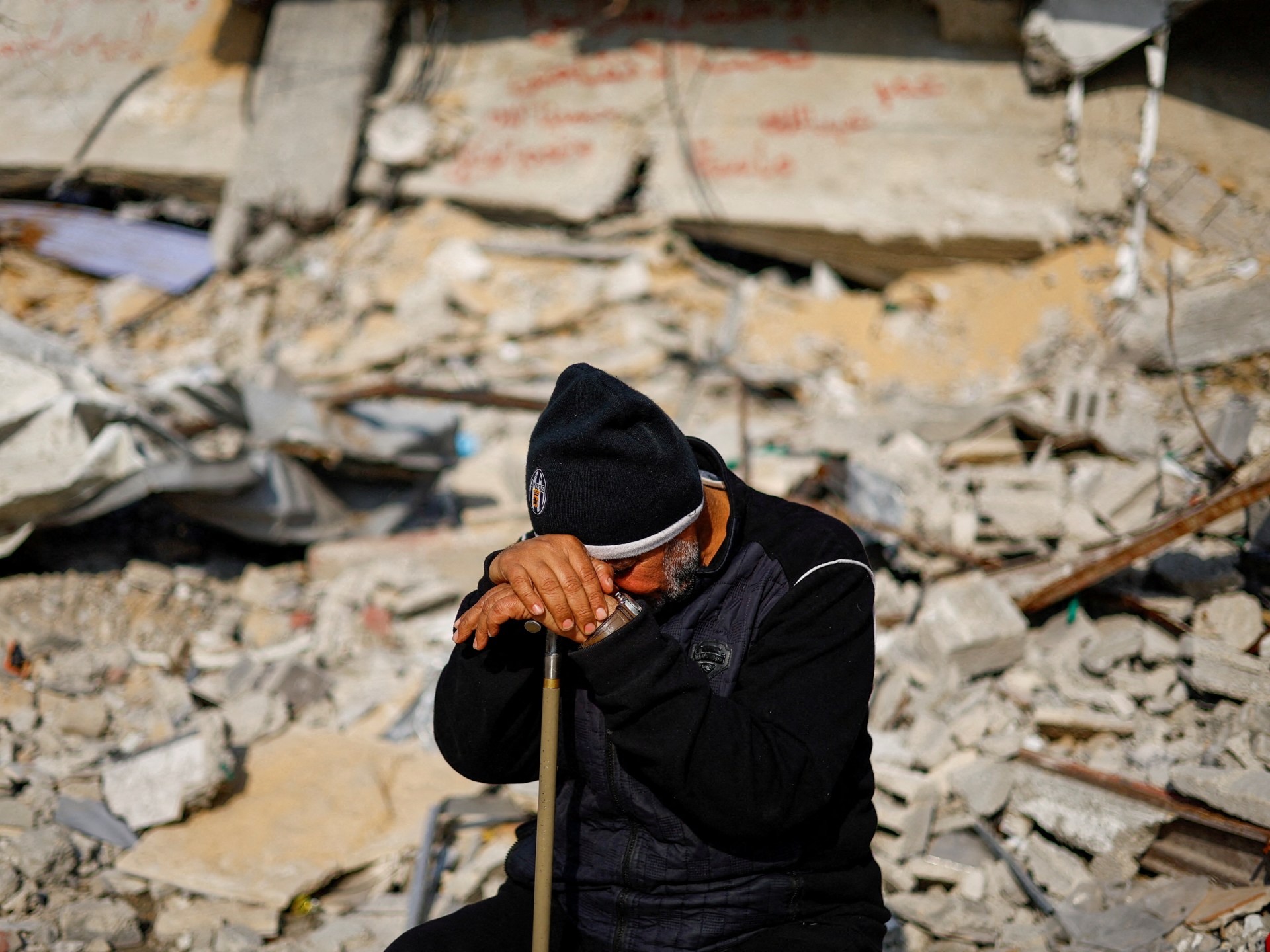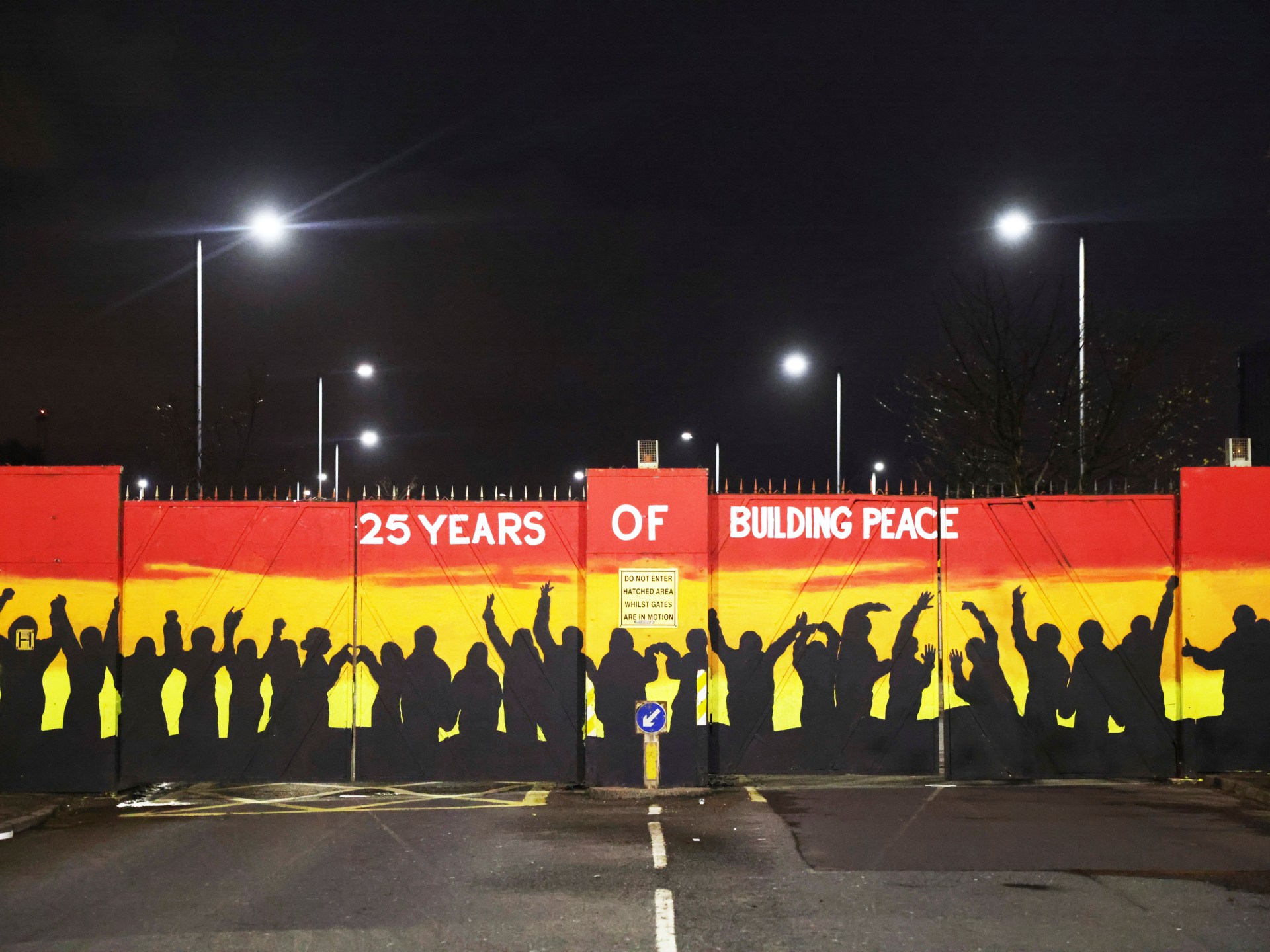Israel is using the same tactics in Gaza that al-Assad employed in Syria | Opinions
As the humanitarian pause took effect in Gaza, footage of the massive destruction in the northern part of the enclave has started to trickle in.
Seeing these images of devastation, one cannot but think of Thomas Friedman’s reference to what he calls the “Hama rules” in an article he published with The New York Times on October 14.
A neologism he coined many years ago, it refers to then-Syrian President Hafez al-Assad’s violent razing of the city of Hama in 1982 that killed more than 20,000 Syrians. Friedman argues that brute force commands legitimacy in the Middle East. This idea is deeply problematic, but the scale of destruction in Gaza suggests that the Israeli government and the military have embraced it.
Indeed, Israel’s war on Gaza bears striking similarities to events in Syria. But we need not go as far back as the 1980s to find those parallels.
In 2011, when Hafez’s son, Syrian President Bashar al-Assad, faced a nationwide uprising against his rule, he unleashed a violent campaign against the protesters that soon turned into a civil war.
The tactics of collective punishment he used, aided and abetted by the systematic dehumanisation of the opposition by some parts of Syrian society, are similar to what we are seeing in Gaza today.
In the earliest stages of the conflict, Israel justified a complete siege on Gaza, cutting off the supply of food, water, electricity and fuel, through systematic dehumanisation of its residents. Defence Minister Yoav Gallant called the Palestinians “human animals”, while Prime Minister Benjamin Netanyahu spoke of a “struggle between the children of light and the children of darkness”. Such language used by Israeli officials appeared to make the use of starvation as a weapon of war acceptable.
This sentiment seeped into social media where videos appeared of Israelis rapaciously mocking the residents of Gaza under siege by indulging in clean water or lavish meals. Some stooped even lower, producing racist vignettes making fun of Palestinian victims of Israeli bombardment.
And as Israeli military targets came to include Gaza’s hospitals and other civilian structures, the dehumanisation campaign of the Palestinian population also expanded. The official government narrative, maintained by Netanyahu and others, states that “terrorists had used hospitals as military bases”. Accordingly, medical staff became “terrorist collaborators” while patients and families who had sought refuge in medical facilities were – willing “human shields”. Their deaths – even in the eyes of Israeli doctors – were therefore justified.
But what seems lost in the present moment is that this campaign of dehumanisation is not unique. Since 2011, al-Assad has relied on eerily similar strategies to justify nearly identical military sieges and attacks on civilian infrastructure in rebel-held territories.
The 2015 siege on the town of Madaya near Damascus bears a striking resemblance to the current Israeli weaponisation of starvation in Gaza. As the al-Assad regime dismissed the local residents as “agents of terror”, Syrians in government-controlled areas bought into the narrative.
As the people of Madaya were reduced to subsisting on leaves, Syrian social media was filled with images and videos of detractors enjoying lavish meals and mocking their starvation. The Twitter hashtag “solidarity with the siege of Madaya” was flooded with culinary content to further brutalise an already brutalised population under siege. More than 420 people died in Madaya, including dozens of children, as a result of the blockade.
The al-Assad regime continued this policy of “starve or surrender” in multiple rebel-held territories, including Aleppo, Ghouta, and Daraya, without any meaningful response from the international community.
In parallel, the al-Assad regime also targeted civilian infrastructure as a war tactic, especially hospitals. According to the International Rescue Committee, only 64 percent of hospitals and 52 percent of primary healthcare centres remain operational in Syria as a result of attacks on healthcare facilities. The al-Assad regime has justified these offensives under the nebulous banner of “countering terrorism”, claiming that 119 healthcare facilities were “taken over by terrorist groups”.
But many of these facilities were put on a deconflicting list, shared with Damascus, and as the UN has pointed out, it was running at least one of them. An investigation by Human Rights Watch has also challenged the Syrian regime’s claims, pointing out they could not find any evidence of military equipment or personnel near the hospitals when they were targeted.
Israel is currently playing by al-Assad’s rules of war, in large part because to date the Syrian leader has not been held to account for those war crimes, or the dehumanisation of his people that enabled them.
On the contrary, al-Assad has emerged from isolation by the international community, particularly after the February 2023 earthquakes in Syria. He has ridden the wave of normalisation by attending Arab League summits and has even been invited to the upcoming United Nations Climate Change Conference in Dubai.
Indeed, the victims of the Syrian regime’s brutality have recognised the parallels with Gaza. Zina Najjar, a Syrian activist, posted on X that what is transpiring currently in the besieged enclave is analogous to the events of Madaya eight years ago. Recollecting the brutal siege, Najjar warns that “international failure and silence” in Syria is encouraging the same crimes in Gaza.
That international silence must end immediately, both in Syria and in Gaza. More pressingly, the Israeli government must face swift pushback from the international community for its dehumanisation of the people of Gaza and for the collective punishment it is inflicting on them.
Otherwise, as in Syria, starvation and the deliberate bombardment of hospitals as war tactics will become chillingly normalised as par for the course.
The views expressed in this article are the author’s own and do not necessarily reflect Al Jazeera’s editorial stance.
Check out our Latest News and Follow us at Facebook
Original Source







